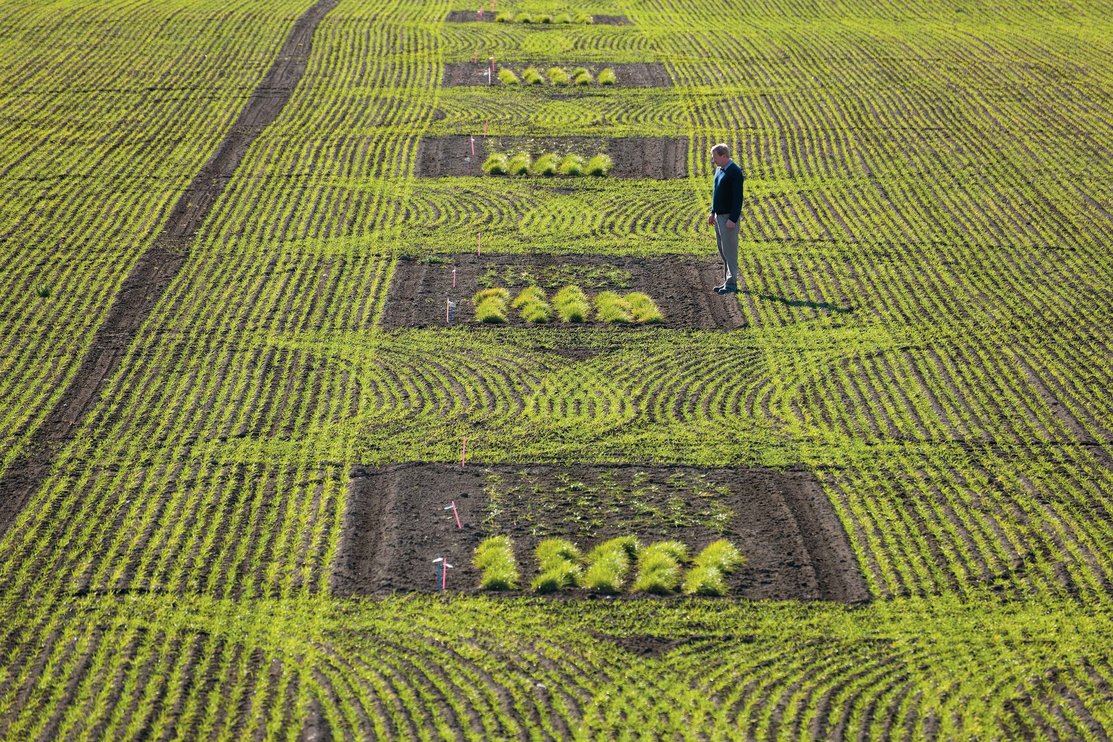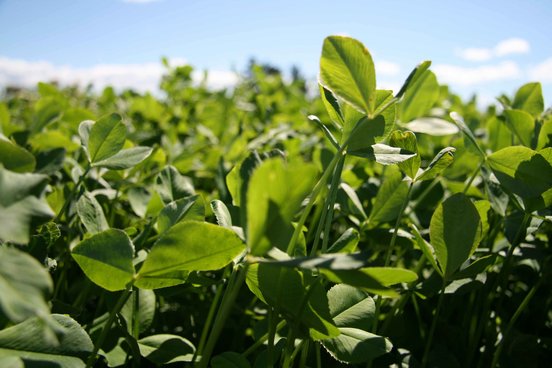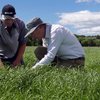Staying ahead when temperate becomes temperamental
In the late Middle Ages, a new English word came into use. ‘Temper...
In the late Middle Ages, a new English word came into use. ‘Temperate’ was derived from the Latin temperatus, meaning restrained, moderate, calm, and steady. The opposite of extreme, in other words!
A perfect description for New Zealand’s climate? Not lately, that’s for sure. And probably not so much in the future, either.
But that doesn’t mean a bleak outlook for pastoral farming. Far from it. With science, collaboration and an open mind, we can successfully de-risk our pasture based systems, and build resilience in the face of an increasingly erratic climate. In fact, we’ve already started…
This is the first of two Insights about climate change, and New Zealand pastures. Next time, we’ll dig into emerging strategies on-farm.

Forewarned = forearmed
You don’t have to look far to get a feel for the shape of climate change as it potentially applies to New Zealand agriculture.
Supercomputers have transformed our ability to model future climate scenarios, giving us a better idea of what we might expect than ever before. As the technology behind these models becomes more powerful, so too will our ability to prepare, and adapt.
Meantime, unusual weather patterns playing out in real time are already challenging the status quo. Drought in Southland and Otago. Cyclones and floods in the North Island. What next? Safe to say, best to expect the unexpected, difficult as this may be at times.
‘Northland provides the perfect opportunity to test the modelling and provide an example of adaptation to our changing climate in New Zealand. It is a glimpse into the future as climate extremes move south.’ Resisilient Pastures Farmer, Allister McCahon, Northland Diversified Forage Group.
Riding the wave
Hotter hots. Drier dries. Wetter wets. No matter how it manifests, a more temperamental climate is testing, and will continue to test, the resilience of our pasture systems.
Remember, though, one of the beauties of these systems is that they are highly adaptable. Just think how differently you do things today, versus 10 years ago.
The basic principle remains the same. You’re still growing plants for animals to graze naturally and transform into premium protein products. No one else does it better!
But what you grow, how you manage it, the way you care for your animals, your inputs, your objectives – all these have changed as new tools, techniques and limitations have arisen.
You’ve successfully made these changes in large part by sharing information, and learning from the experience of others. Adapting to climate change will be no different, for all of us.
On our radar
Belonging to the global Barenbrug family gives our team here (and you) access to pasture and forage research from different climate zones all over the world.
Our plant breeders have tapped this network for genetics that may be new to our systems, but are well proven on pastoral farms in other countries.
In other words, we don’t have to reinvent the wheel. Instead we can get straight onto refining existing solutions that hold promise for a warmer, drier and/or wetter New Zealand.
Our cousins in Australia, for example, have long made sub-tropical grasses, legumes and cereals work very effectively for farmers north of Sydney. Their experience is now part of our mission to create climate-resilient pastures for New Zealand farmers.
‘Barenbrug’s breeding and research programme has a long term focus and involvement with local and international research specifically targeting plant adaptation to climate change.’ Courtney Inch, Barenbrug Research and Development Manager

The new normal
Ryegrass and white clover have underpinned New Zealand for decades.
And they will continue to put food on our table for years to come, thanks to their unique mix of fast establishment, feed quality, yield and ease of management.
As we focus our research and development on keeping them fit for purpose in the future, we also recognise many of you - and your animals - will need more than adaptable ryegrass and clover to thrive in the new normal.
Whether it’s heat tolerant pasture species, different forage crops and supplements, new management policies, or all of the above, creating climate-resilient farm systems is all about picking horses for courses.


.
Look to the north
Some New Zealand farmers are already facing significant effects of different weather patterns on their pastures. They’re now actively investigating ways to move beyond the status quo to future proof their systems.
Why? Because perennial ryegrass pastures are suffering from climatic extremes in the sub-tropical northern North Island, including hot, humid nights.
Next month: What can we learn from Northland (and other regions)? How might a changing climate affect your own pastoral farm system? And what options do you have to become better prepared?
As always, we’re here to help. You’re welcome to book a free personal Pasture Health Check today at Barenbrug - Superior Pastures // Book a visit




